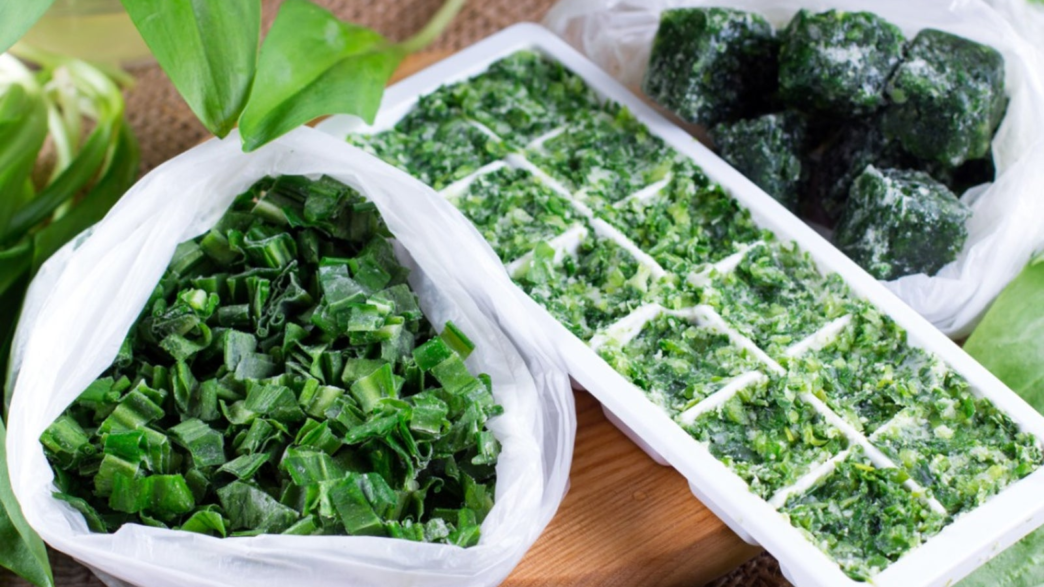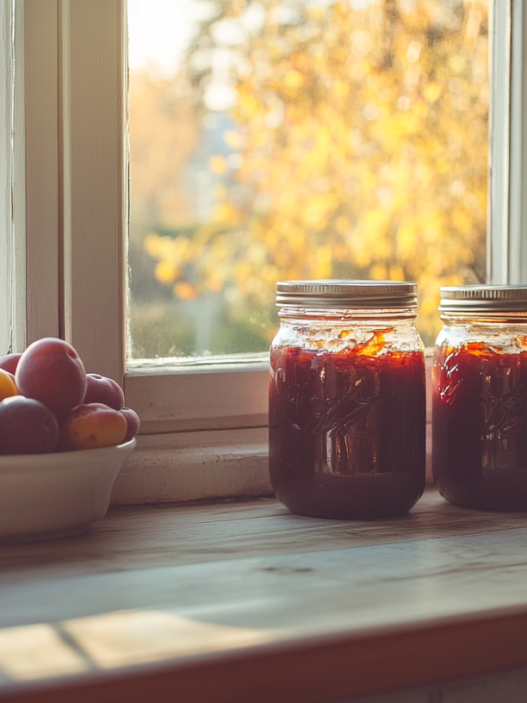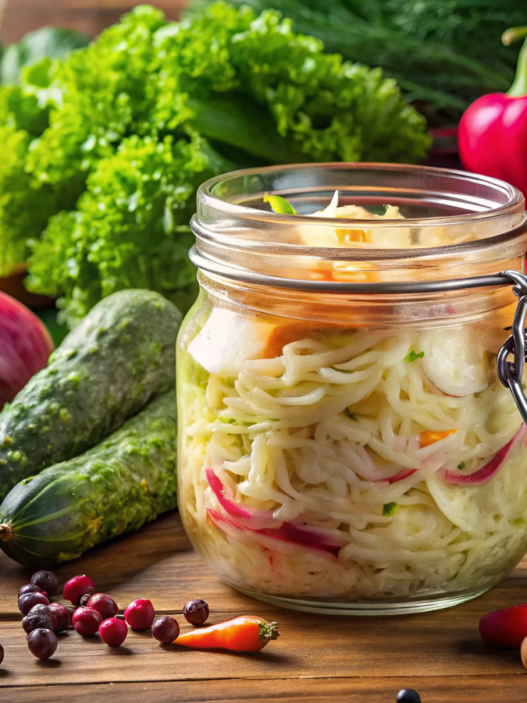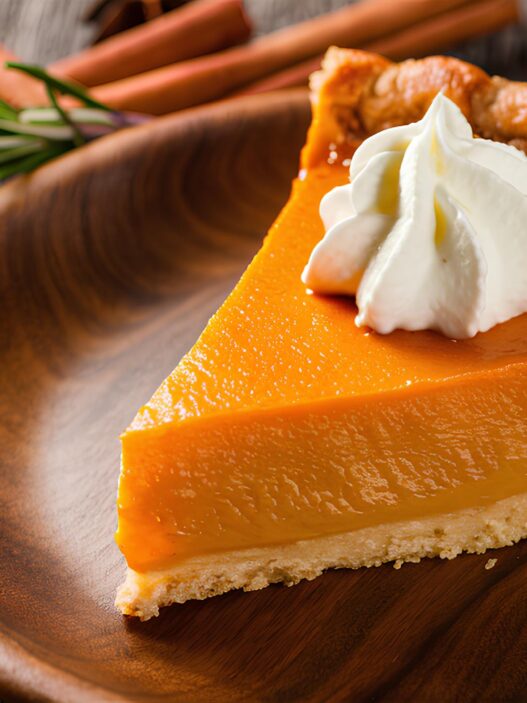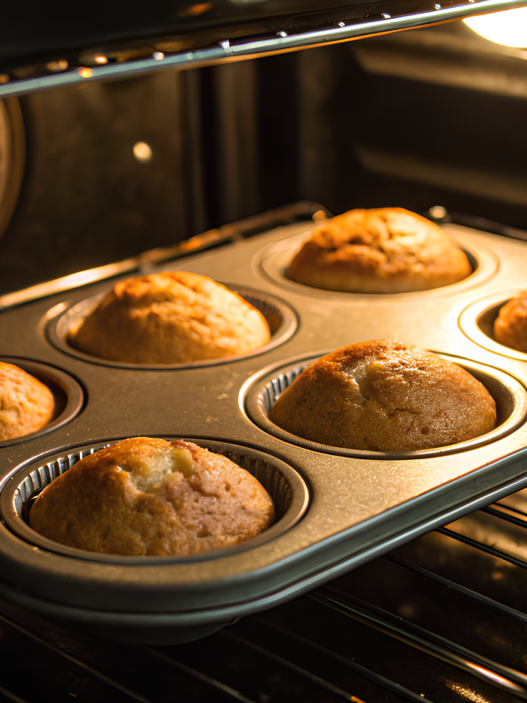What to do when you have too many fresh herbs?
Our mission is to grow healthy food and make the most of the resources provided by the earth. At least, our Rooted Revival community adheres to these principles. Do you too? I hope so 😊
Therefore, preserving herbs is definitely something worth dedicating your time to. If you’ve never organized herb preservation before, or if you have questions about the best way to do it, I invite you to read further.

I’ll share my favorite methods of preserving herbs that I use for my garden. Let’s dive into the best ways to keep that garden-fresh flavor all year round!
Too Many Herbs? Dry or Freeze? Let’s Figure It Out.
Growing your own herbs is pure joy. Actually, there’s nothing better than snipping fresh dill or basil straight from the garden and adding them to your dishes. But when the harvest is bountiful, it’s essential to know how to preserve these herbs.
Drying Herbs: A Classic Method
Drying herbs is one of the oldest and simplest methods of preservation. My grandmother used this method, and it has stood the test of time.
How to Dry Herbs
- Harvesting: Pick herbs in the morning after the dew has dried. This is when their flavor is most potent.
- Cleaning: Gently wash and dry.
- Bundling: Gather the herbs into small bunches and tie them with string.
- Hanging: Hang the bundles upside down in a warm, dry place out of direct sunlight.
Drying typically takes about a week. Once dried, crumble the leaves and store them in airtight jars. This method works wonderfully for thyme, oregano, and sage.

Source: more detailed information on drying herbs can be found in this guide from the National Center for Home Food Preservation.
Freezing Herbs: Fresh Flavor All Year Round
If you want to retain that just-picked taste, freezing herbs in the fridge is the way to go. This method locks in the fresh flavor and is perfect for soft herbs like dill, basil, and parsley.
How to Freeze Herbs
- Washing: Rinse the herbs and dry them.
- Chopping: Chop the herbs into the desired size.
- Freezing: Spread the chopped herbs on a baking sheet and freeze for a couple of hours.
- Storing: Transfer the frozen herbs into labeled zip-lock bags or airtight containers.

Pro Tip
You can also try freezing herbs in oil. This is my personal favorite for basil and rosemary. Simply chop the herbs, place them in an ice cube tray, cover with olive oil, and freeze.
Source: learn more about freezing herbs in oil from this article by the University of Maine.
The Best Way to Preserve Herbs: It Depends!
The best way to preserve herbs depends on their type and how you plan to use them. From my 20 years of gardening experience, I’ve learned that experimenting with different methods can be very beneficial.
For example, one year I decided to dry half of my oregano and freeze the other half. The dried oregano was perfect for seasoning roasted vegetables, while the frozen oregano maintained a fresher taste for pasta sauces.
Here’s a detailed comparison:
| Herb | Best Preservation Method | Why |
|---|---|---|
| Basil | Freezing in Oil | Retains vibrant flavor and color |
| Thyme | Drying | Easy to crumble and store |
| Dill | Freezing | Maintains fresh taste |
| Sage | Drying | Intensifies flavor |
| Parsley | Freezing | Keeps color and flavor intact |
| Mint | Freezing | Maintains fresh aroma |
| Rosemary | Drying | Long shelf life |
| Oregano | Drying | Enhances savory notes |
| Cilantro | Freezing | Retains bright flavor |
| Tarragon | Freezing in Oil | Preserves delicate flavor |

By the way, if you haven’t read our material on how to create a spiral herb garden in a super-small plot of land yet, you should definitely check it out. The results are impressive, and you can grow all the herbs mentioned above!
My Personal Tips for Preserving Herbs
As I see from your comments, you read my articles because I manage to save you time. Over 20 years, I’ve tried so many methods that it could fill an entire book (by the way, many people still ask for and await it – I think it’s time to start writing).
So, here are some tips to make the herb preservation process a bit more efficient and less problematic:
- Label Everything
Always label your jars and bags with the herb name and date. Trust me, you’ll thank yourself later! - Small Batches
Preserve herbs in small batches to maintain their best flavor. - Experiment
Don’t be afraid to try different methods and choose the best for your culinary needs. - Use a Dehydrator for Even Drying
A few years ago, I invested in a food dehydrator, and it was a game-changer. It ensures even drying and preserves the herbs’ essential oils better than air drying.
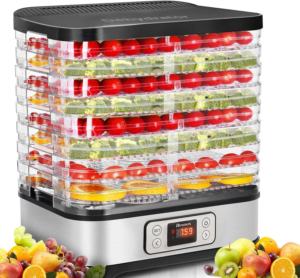
I recommend the Homdox Food Dehydrator with 72h timer – it’s very spacious for its price. I’ve been using it for 6 months now. There are models from other manufacturers, but they are significantly more expensive and don’t offer anything special.
Chasing two hares… and catching both! Here’s a quick story on the topic. I remember one season when my basil plants produced more than I could handle. I decided to dry some in the dehydrator and freeze the rest in oil. The dried basil was great for soups, while the frozen cubes were perfect for quick pesto sauces. It was a win-win!
How to Preserve Dill Herbs
Dill is one of my favorite herbs to preserve because it retains its flavor so well when frozen. I often make a big batch of dill ice cubes and use them all winter long in soups and stews.
- Finely chop the dill.
- Fill an ice cube tray with the chopped dill.
- Top each compartment with water or olive oil.
- Freeze until solid, then transfer to a zip-lock bag.
Preserving Herbs in the Fridge
For short-term storage, keeping herbs in the fridge can be very effective. This method is perfect for herbs you plan to use within a week. I often use this method for parsley and cilantro, which I add to fresh salads throughout the week.
Steps to Preserve Herbs in the Fridge
- Rinse and dry the herbs thoroughly.
- Wrap the herbs in a damp paper towel.
- Place them in a plastic bag or container with holes for ventilation.
- Store in the fridge.
Preserving Herbs in Oil
Another fantastic method is preserving herbs in oil. This is great for herbs like rosemary, thyme, and oregano, which infuse the oil with their flavors. A friend of mine once shared her rosemary-infused olive oil, and it was a revelation. I started making my own, and now it’s a staple in my kitchen.
- Wash and dry the herbs.
- Place the herbs in a clean, dry jar.
- Cover completely with olive oil.
- Store in the refrigerator.

This method not only preserves the herbs but also gives you flavorful oil for cooking.
Unexpected but Useful
Here are a few unexpected tips to help you achieve the best results:
- Use a Vacuum Cleaner to Remove Air
After freezing herbs in bags, use a vacuum cleaner to remove air, which helps prevent ice crystals and preserve flavor. - Freezer Bags with Zippers
Use double-zipper freezer bags for better airtight sealing and longer storage. - Add Salt
When drying herbs, add a little salt to enhance their flavor and prevent mold growth. - Sun Drying
On sunny days, dry herbs outside, but ensure they are in the shade to preserve their color and flavor. - Aromatic Ice Cubes
Freeze herbs not only in oil but also in water to add aromatic ice cubes to drinks or soups later.
Now, you’re all set to delight your family with preserved herbs in your dishes next summer! Or… in winter? Or… well, you get the idea 😊

